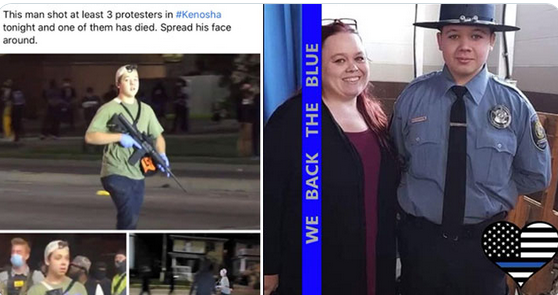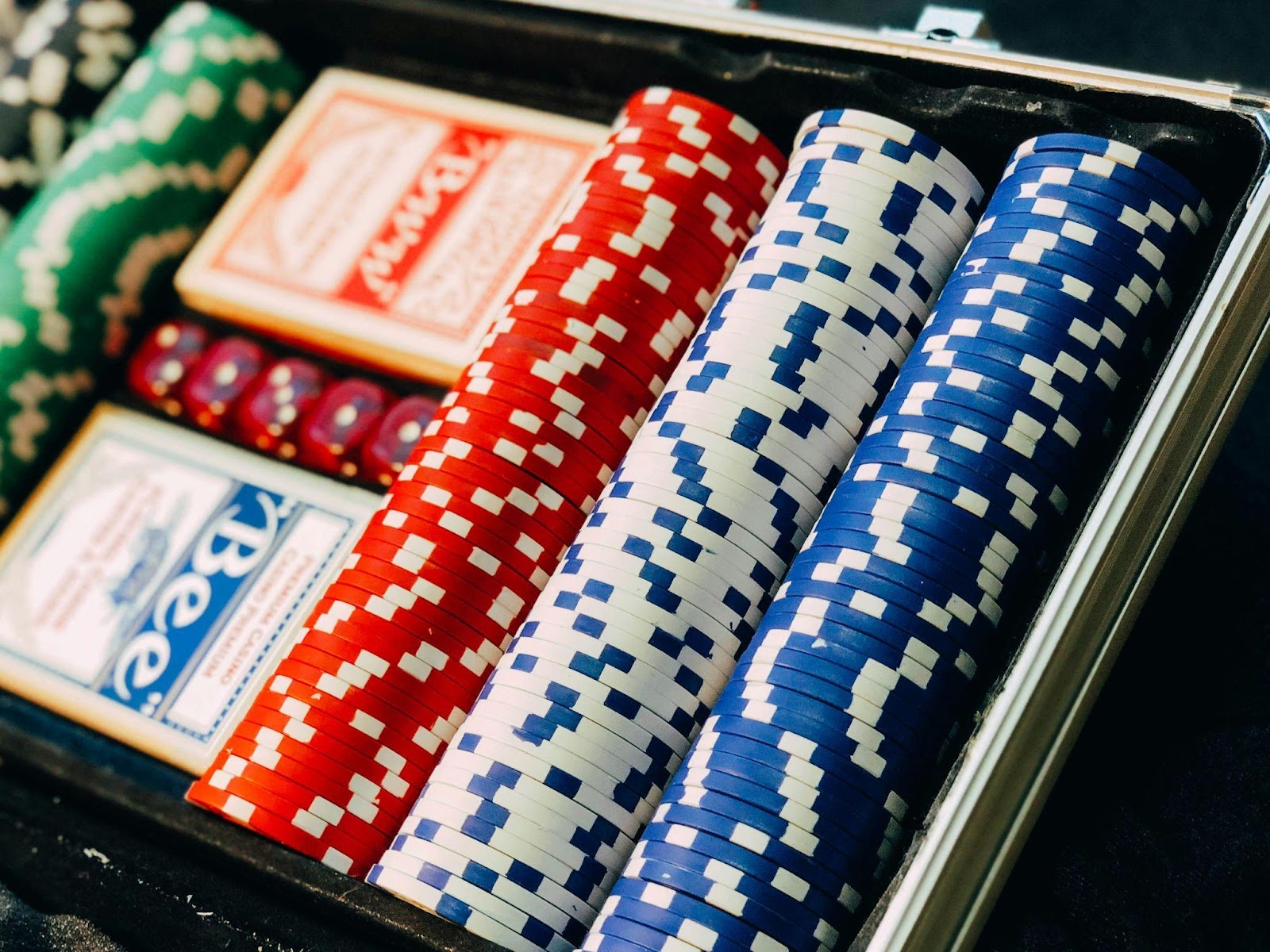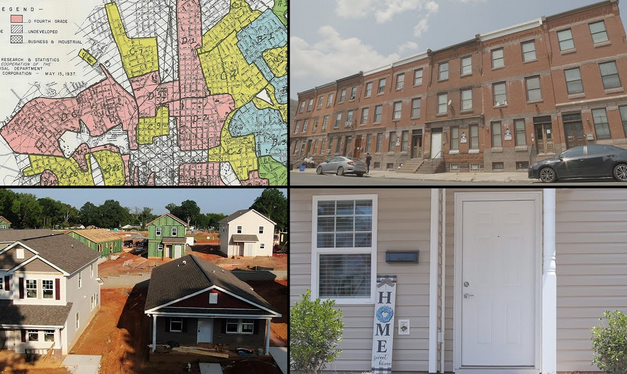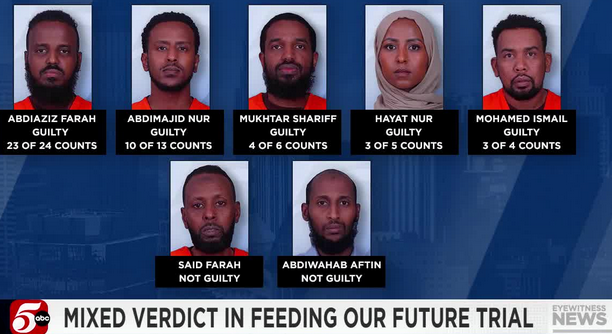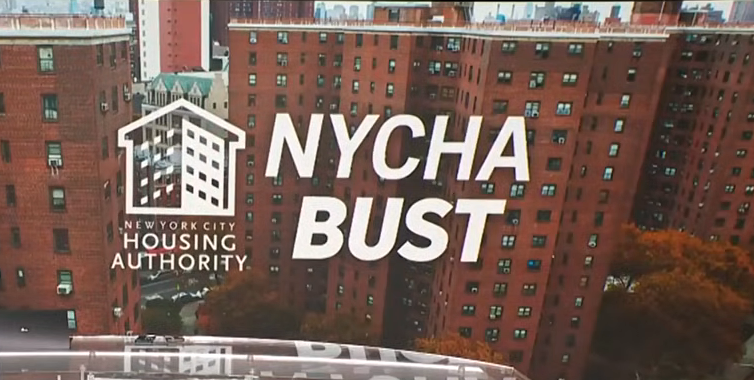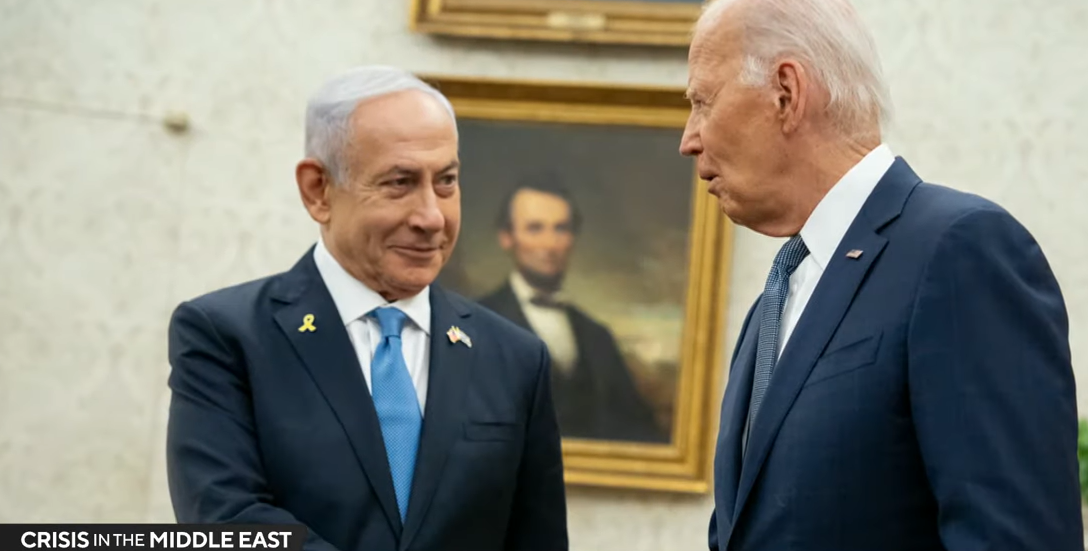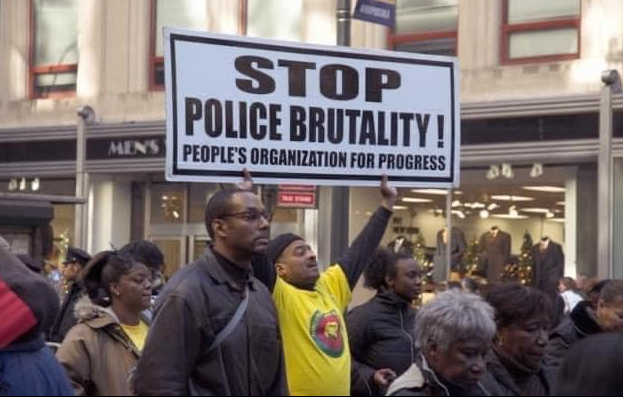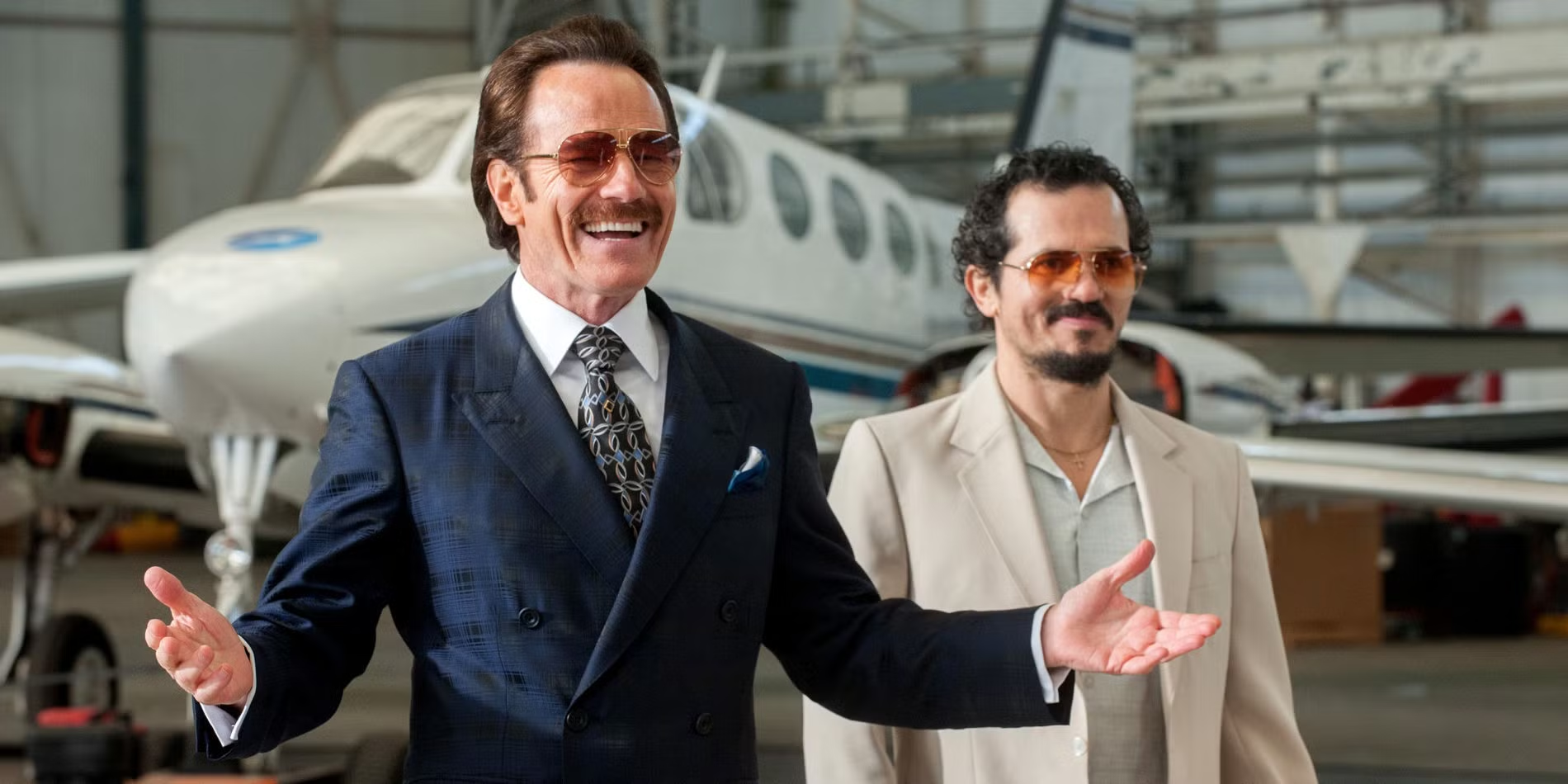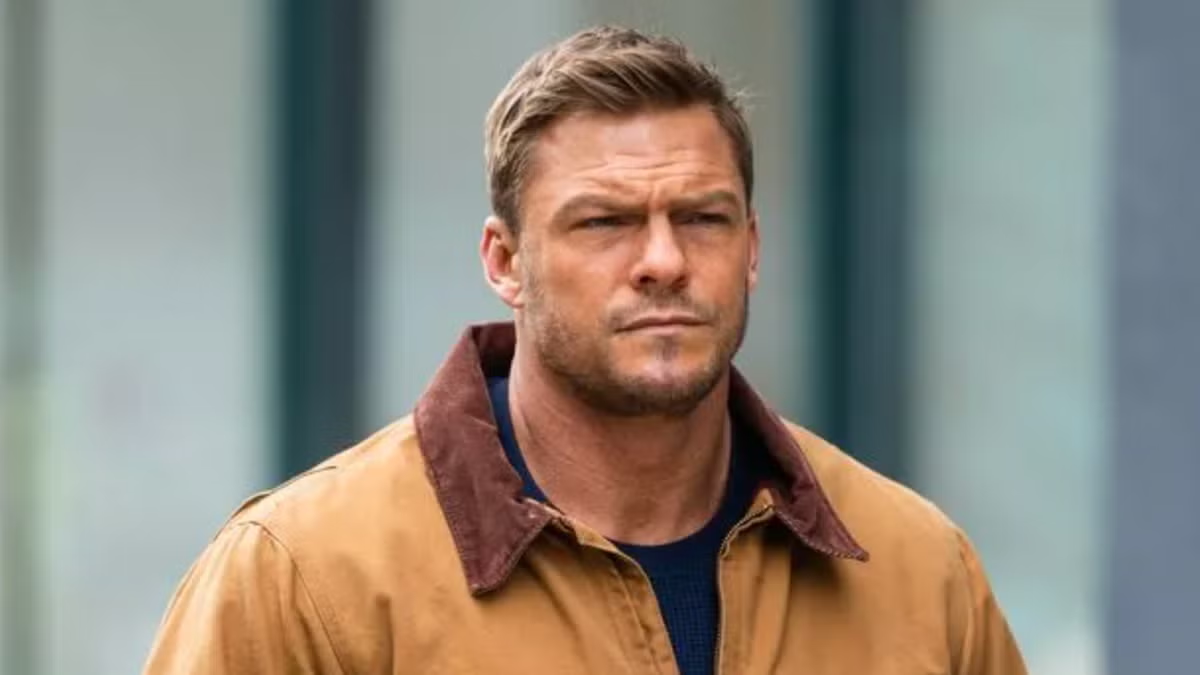Photos: Twitter
For two weeks, we’ve heard trial testimony and seen evidence of the events that occurred on August 25, 2020 — the night that cop wannabe Kyle Rittenhouse shot and killed two people and injured another during a Black Lives Matter protest in Kenosha, Wisconsin.
While Rittenhouse was not held accountable, he was not the only one whose conduct on that deadly night should be scrutinized. The actions — and inaction — of the Kenosha Police Department and the Kenosha County Sheriff’s Department in the preceding 72 hours played a critical part in the tragic events that took place.
As we reflect on that night, we must remember what ignited these protests. Two months after the murder of George Floyd, on August 23, 2020, Kenosha Police shot a Black man, Jacob Blake, in the back multiple times, paralyzing him. Faced with this latest manifestation of law enforcement’s systemic mistreatment and disregard for the lives of Black and Brown people, people took to the streets of Kenosha. Kenosha County Sheriff David Beth oversaw law enforcement’s response to these protests, including the coordination of over 40 local, state, and federal agencies.
The day after Kenosha Police shot Mr. Blake, former city alderman and self-proclaimed commander of the Kenosha Guard Kevin Mathewson wrote a racially charged “call to action” inviting armed civilians to protect Kenosha from “evil thugs” the following day. The comments on his Facebook invitation, corresponding Reddit threads, and Infowars degenerated into racist threats to kill and maim protestors.
On the night of August 25, law enforcement not only failed to protect protestors calling for police accountability and more humane treatment of Black people, but actively put them in harm’s way. Officers enabled and encouraged predominantly white, right-wing armed civilians and militia groups that night, creating a situation in which tensions escalated and people were killed.
Following the violence in Kenosha, an investigative team at the ACLU filed approximately 40 public records requests to local, state, and federal law enforcement agencies; reviewed more than 800 records and 50 hours of video footage; and conducted over 40 in-depth interviews with community members to better understand what happened in Kenosha and how we can avoid these tragedies in the future.
Here is what we found: Read more.


